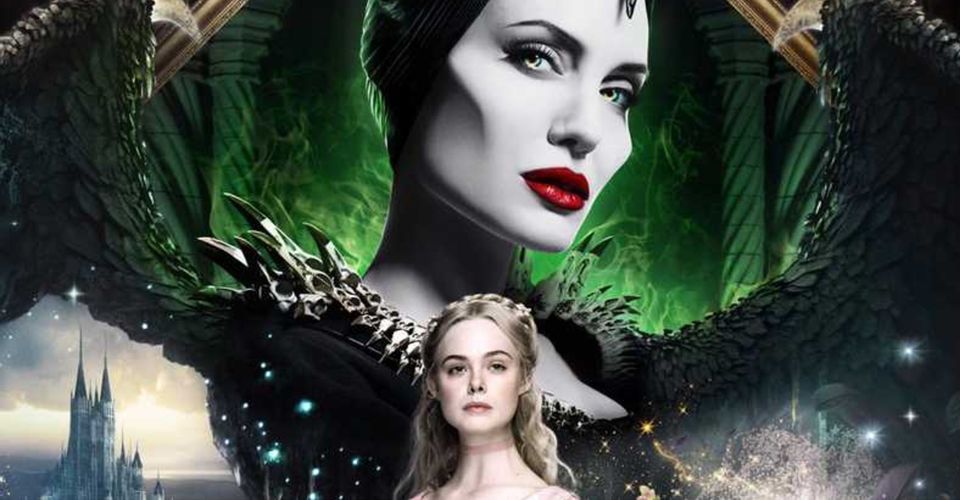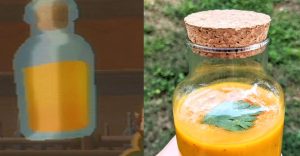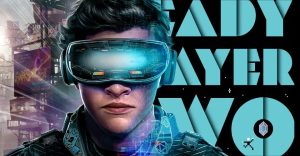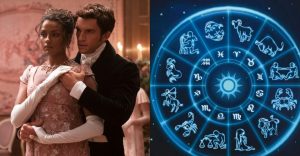Maleficent: Mistress Of Evil: 5 Ways The Sequel Is Better (& 5 Ways The Original Is)

Maleficent returns in a sequel to Maleficent, a retelling of the classic Disney fairytale Sleeping Beauty, about a young princess put to eternal sleep by the curse of a dark fairy. It was released in 2014 to lackluster fanfare, but has since garnered a healthy fandom in the last five years. The new film picks up after the events of the last film, where Aurora was awoken from her slumber by true love’s kiss and agrees to live in the Moors with her godmother, Maleficent. Aurora is now Queen of the Moors, with Maleficent its stony protector. Her true love Prince Philip has asked for her hand in marriage, but Maleficent finds nothing promising about the union, and as the film shows, for good reason.
Maleficent: Mistress of Evil shows what life is like after the fairytale ends. It delves deeper into the origins of Maleficent’s fae folk, as well as focuses on Aurora as she finds her footing as a leader. The world-building is elevated beyond the original, but viewers may find it convoluted. One thing is for sure, with all of Disney’s recent live-action remakes, it’s refreshing to see a new take on a classic. Here are 5 ways the sequel is better, and 5 ways the original is. Maleficent: Mistress of Evil is in theaters now.
10 SEQUEL: THE WORLD BUILDING

While the original film did an adequate job of bringing the Moors to life, they really come alive in the sequel. We see all our favorite tree giants, as well as the three fairies Knotgrass, Thistlewit, and Flittle, but there’s a whole new cast of arboreal allies to discover.
From the very beginning of the film, we meet little mushroom-headed creatures, hedgehog people, and spotted water faeries. They’re being illegally poached by humans from Prince Phillip’s kingdom, and cultivated for study. The little creatures are peppered throughout the story enough to truly sympathize with them. We also spend much more time within the splendors of the royal castle.
9 ORIGINAL: MORE MALEFICENT

Maleficent: Mistress of Evil sees a true return to form for Angelina Jolie, who has truly made this character her own. And despite learning more about her fae kind and where she comes from in the film, we can’t help but wish Maleficent was more the star of this picture (it’s called Mistress of Evil, after all). She serves as more of a guide to the story arcs of others, and precipitating certain events with her presence (or in this case, absence).
In the original film, the film felt more hers. Everything that was done was in conjunction with her growth as a character, and her story arc. It culminated in her decision to find peace through love of a human, and she was in most every frame with every other character.
8 SEQUEL: THE DARK FAE ORIGINS

One of the standout aspects of the film involves the introduction of the Dark Fae, the cohort of fairies of which Maleficent is a part. When she’s wounded by a member of the royal castle guard, she’s rescued by one of her own kind who transports her to the last bastion of dark fae in existence.
She discovers that not only is she a dark fae, but that there are many different varieties. They once resided all over the world, and their appearance reflected their environments – rainforest dark fairies, for instance, have gorgeous multi-colored wings and iridescent horns. Their structures resemble something between a bird nest and a hut, and a flashback reveals Maleficent may have come from something similar.
7 ORIGINAL: MORE WHIMSY

Because it was based on Sleeping Beauty, the original film had more fairytale qualities that translated to a feeling of whimsy and enchantment. There were many happy scenes of Aurora frolicking in the Moors, meeting all the magical creatures, and warming Maleficent’s cold heart.
Maleficent: Mistress of Evil, by contrast, is a dark, tonally bleak film that isn’t as appropriate for young Disney fans. In many ways, its concerns are more mature, as Aurora herself has matured, and must acquaint herself with the fact that the villains around her can look like the heroes. But for those that prefer a more whimsical tale, stick with the first one.
6 SEQUEL: NEW MYTHOLOGY

When Maleficent learns of her Dark Fae heritage, she also learns why she’s so powerful; her line of fae folk are direct descendants of The Phoenix, the ancient mythical creature that is said to have been the source of all faerie offshoots. But those directly descended from it are said to have incredible powers, unlike any dark fae.
The Phoenix plot is worked into the overall storyline of the film in a unique way, and hearkens back to the “true love’s first kiss” parable of the original. It also in a roundabout way gives Aurora a method to save the day, even if she isn’t keenly aware of how at first.
5 ORIGINAL: HUMOR

Because the original film so closely (at least in its first half) followed the Sleeping Beauty legend, it required a lot of scenes with Knotgrass, Thistlewit, and Flittle. For those that adored the three fairies of the classic Disney cartoon, their antics are a source of amusement throughout.
In fact, the second film isn’t terribly amusing at all, save for a few instances when Diaval is trying in vain to explain the subtleties of small-talk to a stone-faced Maleficent. The second film is much darker and therefore has had much of the humor sucked out of it as a result.
4 SEQUEL: MICHELLE PFEIFFER

Maleficent has met her match in Queen Ingrith, played to icy perfection by Michelle Pfeiffer. Similar to her role in Stardust, she chews the scenery with Jolie all the while smiling like the cat with a canary feather caught in its teeth. She floats through her castle in magnificent gowns and has an armory beneath her bejeweled shoe collection.
In the original film, King Stefan was boorish and uninteresting. He didn’t have a complex backstory given for why he double-crossed Maleficent and wanted to pillage the Moors other than pure greed. Ingrith is given at least some history to her villainy and does her best with what could have been a one-dimensional part in less capable hands.
3 ORIGINAL: MORE CHARACTER DEVELOPMENT

Because it was the first installment in what may appear to be a trilogy, the first film had to set the stage. It had to describe the locations, explain the relationship of their inhabitants, and dive into the complexities of their interpersonal interactions. This all resulted in a great deal more character development than we see in the second film.
Maleficent: Mistress of Evil doesn’t have to establish very much about the principle cast; we know Maleficent’s point of view, as well as Aurora’s. We learn Prince Philip and his family’s, but the majority of the character development is reserved for the Dark Fae.
2 SEQUEL: A LESS SACCHARINE MESSAGE

Whereas the first film promoted the concept that “true love conquers all”, the sequel promotes a message of tolerance that is slightly more universal. It posits that just because a person is different from you, doesn’t make their way of life wrong. Appearances can also be deceiving, because those that more closely resemble you may be endeavoring to stab you in the back, and those that look different from you may be endeavoring to protect you.
Whereas Maleficent once had to determine whether or not she could love Aurora, now she has to determine whether or not she can love humankind (or at least tolerate it). She sees valiance on behalf of fae in Prince Philip and his Captain of the Guard, and sees malevolence poisoning her fae folk, which makes her believe the best course of action is to put prejudice aside and embrace difference.
1 ORIGINAL: A LESS CONVOLUTED PLOT

There is a classic quality to the first film, with far more shades of black and white than the second. It has a much more linear plot, and is easily accessible even if you know very little upon which the story is based. It has a few twists to keep things interesting, and overall is a well-told reimagining of the Sleeping Beauty story that is timeless.
The second film is far more complicated, with a plot that gets more convoluted as new characters and situations are introduced. Some viewers may find it overly complex to the point of busyness, with not much in the way of exposition to guide you.
About The Author


















